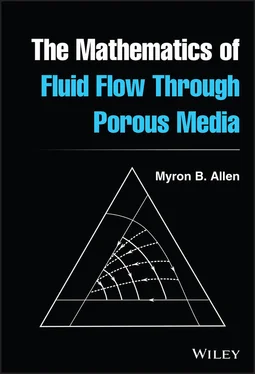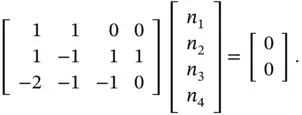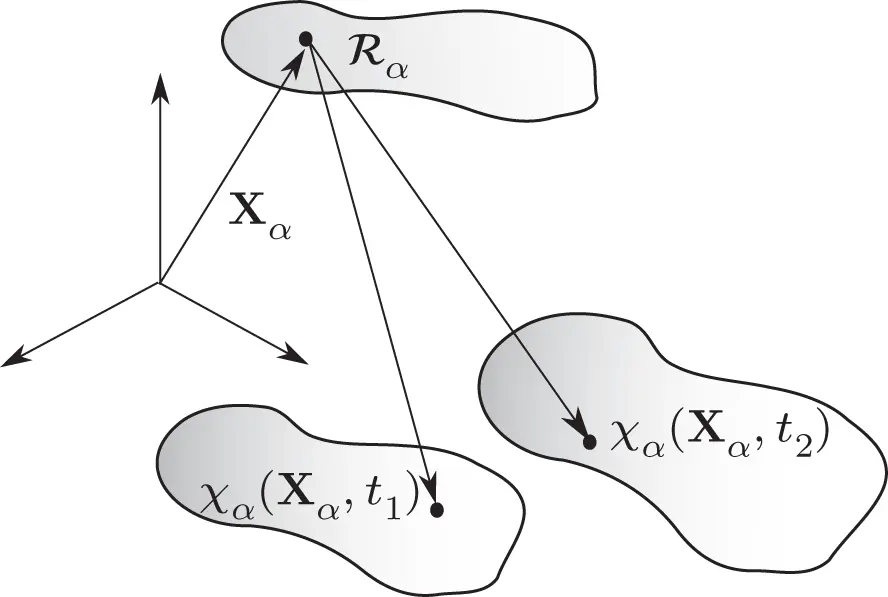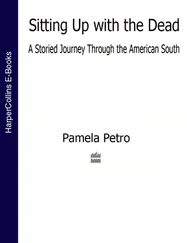Myron B. Allen, III - The Mathematics of Fluid Flow Through Porous Media
Здесь есть возможность читать онлайн «Myron B. Allen, III - The Mathematics of Fluid Flow Through Porous Media» — ознакомительный отрывок электронной книги совершенно бесплатно, а после прочтения отрывка купить полную версию. В некоторых случаях можно слушать аудио, скачать через торрент в формате fb2 и присутствует краткое содержание. Жанр: unrecognised, на английском языке. Описание произведения, (предисловие) а так же отзывы посетителей доступны на портале библиотеки ЛибКат.
- Название:The Mathematics of Fluid Flow Through Porous Media
- Автор:
- Жанр:
- Год:неизвестен
- ISBN:нет данных
- Рейтинг книги:5 / 5. Голосов: 1
-
Избранное:Добавить в избранное
- Отзывы:
-
Ваша оценка:
The Mathematics of Fluid Flow Through Porous Media: краткое содержание, описание и аннотация
Предлагаем к чтению аннотацию, описание, краткое содержание или предисловие (зависит от того, что написал сам автор книги «The Mathematics of Fluid Flow Through Porous Media»). Если вы не нашли необходимую информацию о книге — напишите в комментариях, мы постараемся отыскать её.
, distinguished professor and mathematician Dr. Myron B. Allen delivers a one-stop and mathematically rigorous source of the foundational principles of porous medium flow modeling. The book shows readers how to design intelligent computation models for groundwater flow, contaminant transport, and petroleum reservoir simulation.
Discussions of the mathematical fundamentals allow readers to prepare to work on computational problems at the frontiers of the field. Introducing several advanced techniques, including the method of characteristics, fundamental solutions, similarity methods, and dimensional analysis,
is an indispensable resource for students who have not previously encountered these concepts and need to master them to conduct computer simulations.
Teaching mastery of a subject that has increasingly become a standard tool for engineers and applied mathematicians, and containing 75 exercises suitable for self-study or as part of a formal course, the book also includes:
A thorough introduction to the mechanics of fluid flow in porous media, including the kinematics of simple continua, single-continuum balance laws, and constitutive relationships An exploration of single-fluid flows in porous media, including Darcy’s Law, non-Darcy flows, the single-phase flow equation, areal flows, and flows with wells Practical discussions of solute transport, including the transport equation, hydrodynamic dispersion, one-dimensional transport, and transport with adsorption A treatment of multiphase flows, including capillarity at the micro- and macroscale Perfect for graduate students in mathematics, civil engineering, petroleum engineering, soil science, and geophysics,
also belongs on the bookshelves of any researcher who wishes to extend their research into areas involving flows in porous media.


 is a free variable, for which one may choose any value, and
is a free variable, for which one may choose any value, and  .
. yields the single dimensionless variable
yields the single dimensionless variable  ; all other dimensionless variables for this problem must be multiples of this product.
; all other dimensionless variables for this problem must be multiples of this product. . Solutions to such an equation are constant values of
. Solutions to such an equation are constant values of  . Setting
. Setting  for a generic constant
for a generic constant  , we conclude that Stokes drag has the form
, we conclude that Stokes drag has the form
 instead of
instead of  .
. . This result suffices for the derivation pursued in Section 3.1.
. This result suffices for the derivation pursued in Section 3.1. ,
,  , called constituents. For example, in a porous medium, rock and water can be constituents. We postulate that each spatial point
, called constituents. For example, in a porous medium, rock and water can be constituents. We postulate that each spatial point  can be occupied by particles from every constituent. In this sense, the bodies
can be occupied by particles from every constituent. In this sense, the bodies  constitute overlapping continua. This postulate clearly fails at scales of observation at which the constituents appear to occupy distinct regions of space. But for many natural porous media found in Earth's subsurface, the postulate yields reasonable models at scales of observation greater than about
constitute overlapping continua. This postulate clearly fails at scales of observation at which the constituents appear to occupy distinct regions of space. But for many natural porous media found in Earth's subsurface, the postulate yields reasonable models at scales of observation greater than about  m.
m. , we fix a reference configuration that assigns, to each particle in
, we fix a reference configuration that assigns, to each particle in  , a point
, a point  in three‐dimensional space. The vector
in three‐dimensional space. The vector  serves as a label for the particle. We denote by
serves as a label for the particle. We denote by  the region in three‐dimensional Euclidean space occupied by all of these vectors for the constituent
the region in three‐dimensional Euclidean space occupied by all of these vectors for the constituent  .
. a one‐parameter family
a one‐parameter family  of mappings from
of mappings from  to three‐dimensional Euclidean space such that:
to three‐dimensional Euclidean space such that: the deformationof constituent
the deformationof constituent  .
.
 and
and  for constituent
for constituent  in a multiconstituent continuum.
in a multiconstituent continuum.










